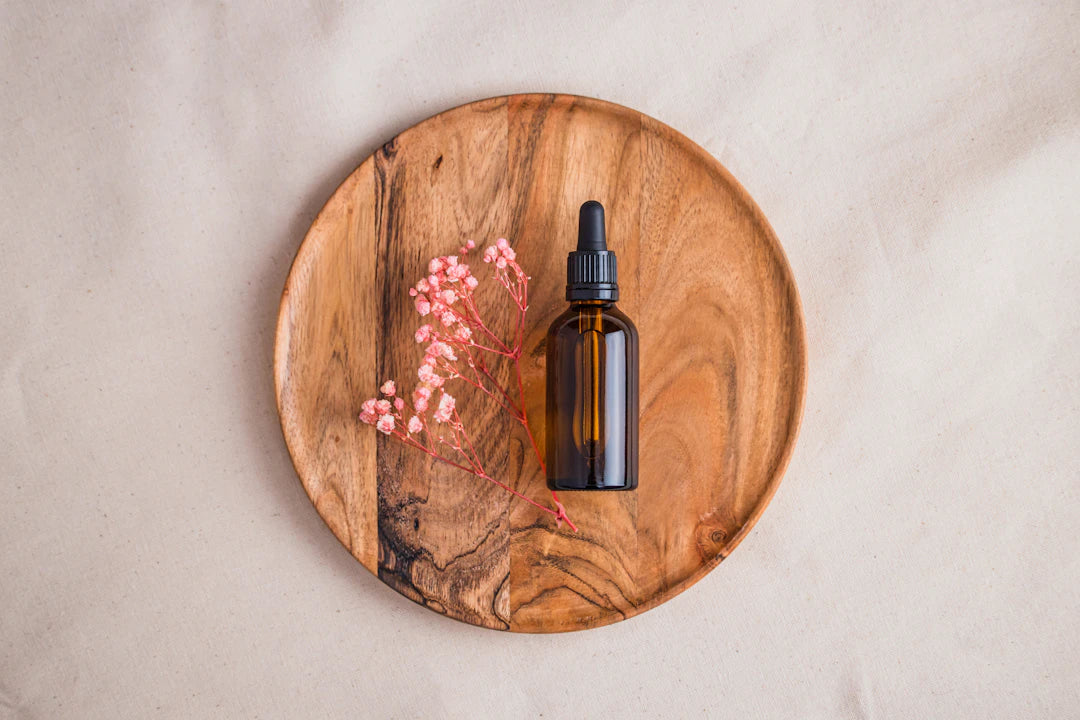Unlock Your Glow: The Ultimate Guide to Serums

Frequently Asked Questions
1. What are serums in skincare?
2. What are the benefits of using serums?
3. How do I choose the right serum for my skin type?
4. How do I effectively use serums in my skincare routine?
5. What common mistakes should I avoid when using serums?
Serums have become a staple in many skincare routines, touted as the secret weapon for achieving radiant, youthful skin. With their potent formulations and targeted benefits, serums cater to various skin concerns ranging from anti-wrinkles to enhancing overall skin texture. But what exactly are serums, and how can you effectively incorporate them into your skincare regimen? In this guide, we’ll explore everything you need to know about serums, from their ingredients to tips for optimal usage.
What Are Serums?
Serums are lightweight skincare products formulated with a high concentration of active ingredients designed to penetrate deeper layers of the skin. Unlike creams or oils, serums typically have a thinner consistency, allowing them to absorb efficiently and deliver powerful benefits. They often contain ingredients like hyaluronic acid, vitamin C, peptides, and other antioxidants that play crucial roles in skin health.
The Benefits of Using Serums
Serums offer a multitude of benefits, making them a worthwhile addition to any skincare routine. Let's delve into some key advantages:
- Concentrated Ingredients: Serums boast a higher potency of active ingredients compared to other skincare products, targeting specific concerns effectively.
- Improved Absorption: Due to their lightweight nature, serums penetrate the skin more deeply than heavier creams, ensuring maximum efficacy.
- Skin Transformation: Regular use of serums can result in noticeable improvements in skin texture, hydration, and tone.
- Versatility: With myriad formulations available, serums can address various skin issues, from promoting collagen production to combating the signs of aging.
How to Choose the Right Serum for Your Skin Type
Before diving into how to use serums, it’s vital to choose the right one for your skin type and concerns.
Understanding Your Skin Type
Your skincare should reflect your unique skin needs. Here are some common skin types and the types of serums that may work best:
- Dry Skin: Look for serums with hydrating ingredients like hyaluronic acid and glycerin. These ingredients will help boost moisture levels and prevent flakiness.
- Oily Skin: Lightweight, oil-free serums with ingredients like salicylic acid can help control excess oil while preventing breakouts.
- Sensitive Skin: Choose calming serums that include ingredients like chamomile or aloe vera, which help reduce inflammation and irritation.
- Aging Skin: Opt for serums with collagen boosters or anti-wrinkles ingredients like retinol and peptides to stimulate skin regeneration and enhance elasticity.
Identifying Common Skin Concerns
In addition to your skin type, also consider specific issues you wish to target:
- Dark Spots: Serums containing vitamin C or niacinamide can help brighten and reduce hyperpigmentation.
- Fine Lines and Wrinkles: Anti-wrinkles serums rich in retinol or peptides can promote skin renewal and minimize the appearance of aging.
- Uneven Texture: Serums with exfoliating ingredients like AHAs or BHAs can improve skin texture and tone.
How to Use Serums Effectively
Using a serum is a straightforward process, but it’s essential to apply them correctly to reap their full benefits. Here are step-by-step instructions for incorporating serums into your skincare routine:
Step 1: Cleanse Your Skin
Start by cleansing your face with a gentle cleanser suited for your skin type. This step will remove impurities and prepare your skin to absorb the serum effectively.
Step 2: Apply Toner
If you use a toner, apply it next. Toners help to balance your skin's pH levels and can enhance the effectiveness of subsequent products.
Step 3: Use Your Serum
Take a small amount (usually 1-2 pea-sized drops) of your chosen serum and apply it to your face using your fingertips. Gently pat it into the skin for better absorption, covering areas of concern such as fine lines, wrinkles, or uneven skin tone. Remember, less is often more in skincare, so don’t overload your skin with product.
Step 4: Follow Up with Moisturizer
After the serum has absorbed into your skin, lock in that hydration with a suitable moisturizer. This step is vital, as it helps to seal in the benefits of the serum while providing additional moisture.
Step 5: SPF for Daytime
If it’s daytime, complete your routine with a broad-spectrum sunscreen to protect your skin from harmful UV rays. This is especially important when using products with active ingredients like retinol that can increase sun sensitivity.
Common Mistakes to Avoid When Using Serums
While serums can provide remarkable benefits, there are some common mistakes that can hinder their effectiveness. Here’s what to avoid:
- Skipping Consistency: To see results, consistency is key. Use your serum regularly, typically morning and evening, for optimal effects.
- Layering Too Many Products: Instead of trying to layer multiple serums, restrict yourself to one or two targeted serums per routine.
- Neglecting Sunscreen: Always apply sunscreen during the day, especially when using serums with ingredients that increase photosensitivity.
- Overusing Active Ingredients: Be cautious when using serums with strong active ingredients. Gradually introduce them to avoid irritations.
Pairing Serums with Other Skincare Products
For enhanced benefits, serums can be paired with other skincare products. Here’s how to mix and match effectively:
Moisturizers
Your favorite moisturizer works well after applying a serum, creating a hydrating barrier and locking in moisture. Consider using a complementary formula that addresses similar skin concerns for better results.
Face Oils
In some cases, you may wish to layer a lightweight face oil over your serum for added nourishment, especially for those with dry skin. Oils can help seal in hydration and provide an extra layer of skin protection.
Exfoliants
Exfoliating serums should be used cautiously to avoid over-exfoliation. Stick to using exfoliating products 1-2 times a week, while reserving regular serums for daily use.
Understanding Active Ingredients in Serums
Serums can be formulated with various active ingredients, each possessing unique benefits. Here’s a rundown of some popular components:
Vitamin C
A potent antioxidant, Vitamin C brightens skin tone and combats oxidative stress caused by pollution and UV exposure. It can also help to smooth fine lines and promote collagen production.
Hyaluronic Acid
This powerful humectant holds moisture in the skin, making it an excellent choice for achieving plump and hydrated skin. It's particularly beneficial for dry, dehydrated skin types.
Peptides
Peptides are essential in promoting collagen production and skin elasticity, making them vital for anti-wrinkle formulations. They help to minimize the appearance of fine lines and give skin a smoother texture.
Retinol
A powerful derivative of Vitamin A, retinol accelerates cell turnover, reduces the appearance of fine lines, and enhances texture. This is often a go-to ingredient for those seeking effective anti-aging solutions.
The Secrets of Layering Products
For the best results, serums should be layered correctly with other skincare products. Here are some tips on how to do this:
Order Matters
The general rule of thumb is to apply products from the thinnest to the thickest consistency. Begin with your serum, followed by lighter lotions, and finish with heavier creams or oils.
Waiting Between Layers
Give each product a moment to absorb before applying the next. A wait time of about 1-2 minutes is usually sufficient for serums to penetrate the skin.
Your Skincare Routine: Putting It All Together
Incorporating serums into your skincare routine can transform your skin's health and appearance. Here’s a simple routine:
- Cleanser
- Toner (if desired)
- Serum
- Moisturizer
- Sunscreen (daytime)
Remember, every skin type is unique, so adjust the products and frequency based on your individual needs for the best results. With time and consistency, you can nourish, revitalize, and rejuvenate your skin for that irresistible glow.
Your Journey to Radiant Skin
Now that you’re equipped with all the knowledge about serums, you're ready to embark on your journey to radiant and healthy skin. Whether you aim to boost collagen, reduce wrinkles, or simply enhance your skin’s natural glow, serums can be a transformative addition to your skincare lineup. Embrace the power of serums, and watch your skin flourish!


